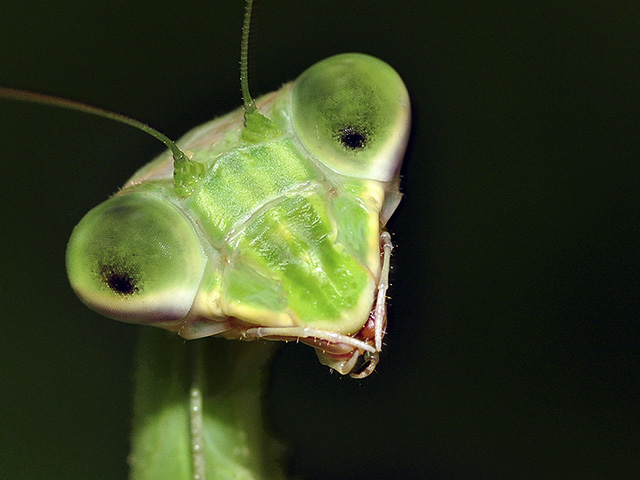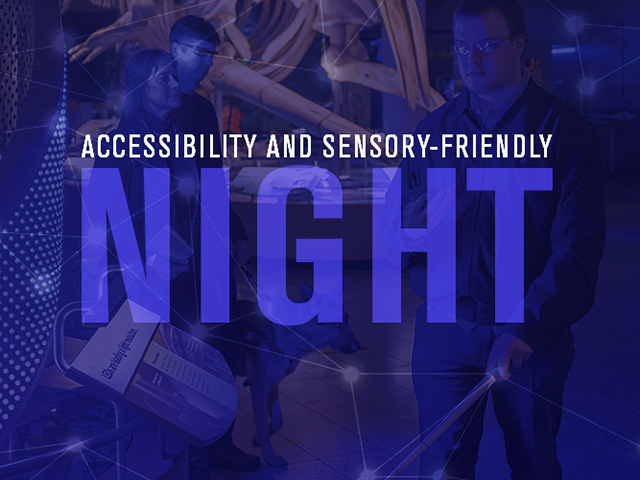
“Up Close and Personal: The Beauty of Tiny Insects,” photography by Stan Lewis, opens September 2 at the Nature Art Gallery
September 1, 2016
RALEIGH — “Up Close and Personal: The Beauty of Tiny Insects,” photography by Stan Lewis, opens at the North Carolina Museum of Natural Sciences’ Nature Art Gallery on Friday, September 2 and runs through Sunday, October 2. A Gallery reception will be held for Lewis on Saturday, September 3 from 2 to 4 p.m. Lewis,… Read More >

Museum’s new Final Fridays program explores intersection of science and cinema, begins Aug. 26
August 11, 2016
RALEIGH — Friday night programming at the North Carolina Museum of Natural Sciences is back with new movies, programs, food, and a new name — Final Fridays! Do zombies exist? Are there really 40-foot-long anacondas? Did old sci-fi movies get anything right about the 21st Century? On Final Fridays, you’re invited to come explore the… Read More >

Nature Art Gallery presents Under The Microscope, artwork by Rosalynn Villaescusa, now through August 28
August 8, 2016
RALEIGH — The North Carolina Museum of Natural Sciences’ Nature Art Gallery is currently featuring the artwork of North Carolina artist Rosalynn Villaescusa now through Sunday, August 28. The paintings included in Under the Microscope were completed in 2010. Each oil painting was completed by observing magnified insects. Using the intricate detail in their forms… Read More >

Museum hosts its first Accessibility and Sensory-Friendly Night for families with special needs, August 11
August 2, 2016
RALEIGH — Nearly 13 percent of North Carolinians have some form of disability and the Autism Society of North Carolina estimates that 1 in 68 children born today has some form of Autism Spectrum Disorder. Because the North Carolina Museum of Natural Sciences is dedicated to making education equal for all and removing the barriers… Read More >

NC Museum of Natural Sciences to reveal The Secret World Inside You — microbes!
August 1, 2016
New exhibition, opening Oct. 22, explores microscopic organisms that live on us and in us RALEIGH — The microbes in and on your body are more numerous than the stars in the Milky Way. Clump them together, and they weigh about as much as your brain — approximately three pounds. Microbes — the term used… Read More >

